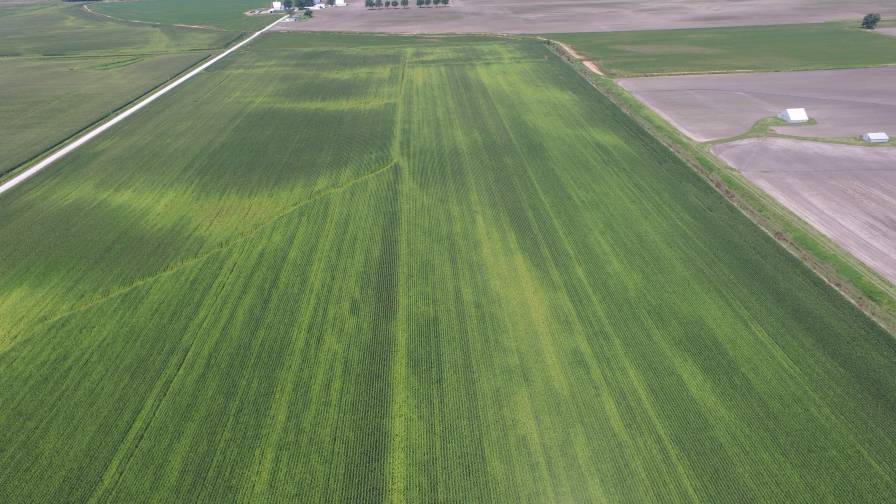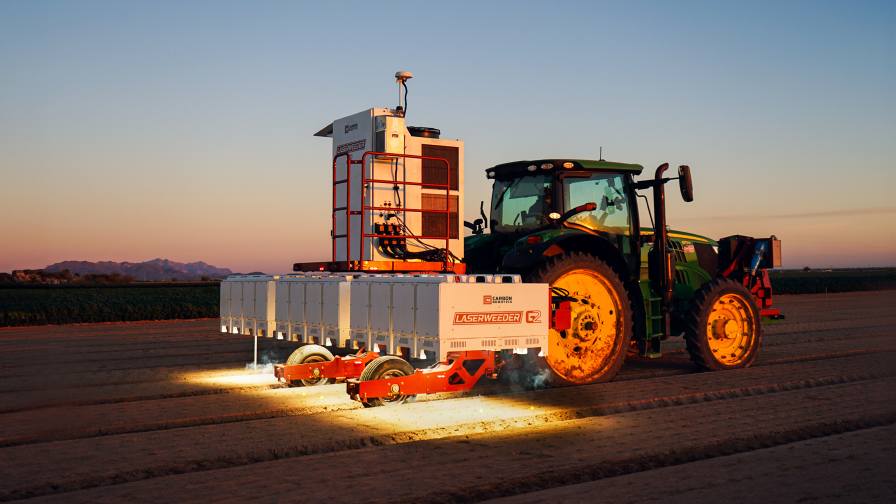Surging Accuracy in the Field: Growth Momentum in the Agriculture Sensor Market for Precision Farming
In response to growing food needs and environmental challenges agriculture sensors have become key instruments for smart farming transformation. Intelligent devices found in soil sensors, drone systems, or irrigation installations are transforming farmers’ methods of land monitoring and management to maximize each square meter. Agriculture sensors enable real-time analysis of plant health and soil moisture data to promote Precision Farming alongside improved productivity and sustainability.
Market Snapshot
Technological advancements along with smarter farming methods and greater resource management focus propel the global Agriculture Sensor Market towards strong growth trends. The market size for agriculture sensors stands at US$ 2.32 billion in 2024 and is expected to expand to US$ 4.62 billion by 2030 through a compound annual growth rate of 11.8% across the projection period. North America maintains market leadership because of its early implementation of precision agriculture together with broad adoption of connected farming equipment. Government support for agritech alongside rapid digitalization and food security needs in populous nations like India and China will make Asia-Pacific the fastest-growing region. Key participants in the field consist of CropX inc., Deere & Company, METER, Sentera, Climate LLC and additional companies.
Reliance of sensors as a core technology for smart farming
Agriculture sensors enable farmers to optimize their operations by improving decision-making processes while simultaneously minimizing resource waste and enhancing crop yield forecasts. Cultivation methods from traditional open-field farms to sophisticated controlled environment systems benefit from sensor technologies that revolutionize crop growing processes.
Sensors being used for smart farming techniques:
MORE BY THE RESEARCH INSIGHTS
- Soil Moisture & Nutrient Sensors: Soil moisture and nutrient sensors enable farmers to develop precise irrigation and fertilization approaches for maintaining healthy crops.
- Climate Sensors: Temperature and humidity along with light level data collected through sensors improves the control of microclimates.
- Crop Health Sensors: Spectral imaging allows users to identify signs of plant stress along with pest invasion and disease emergence on crops.
- Positioning & Proximity Sensors: Enable machine guidance, autonomous operation, and geofencing.
- Livestock Sensors: Livestock sensors provide immediate tracking of animal health metrics along with movement patterns and environmental conditions.
These sensors establish the groundwork for a connected agricultural ecosystem that operates with data-driven precision.
Smart Insights Through AI and IoT Integration
Modern sensors interact with AI algorithms alongside machine learning models and cloud platforms to create meaningful insights from collected data. IoT connectivity allows farmers to conduct remote field monitoring while obtaining crop performance predictions and automating irrigation or fertilization tasks.
Greener Farms Start with Smarter Sensors
The key role of sensors in reducing input overuse and environmental damage becomes increasingly important as sustainability dominates global agriculture. Sensors facilitate precise application of water, pesticides, and nutrients which helps cut down runoff and prevents soil depletion. Deploying sensors alongside renewable energy sources like solar irrigation systems helps achieve objectives that support environmental responsibility.
Barriers to Adoption
The spread of sensor technology around the world faces numerous obstacles even though progress has been quick:
- Cost and Affordability: Smallholders and low-income regions find advanced sensor systems financially prohibitive due to high costs.
- Technical Skills Gap: Farmers need training to understand their sensor readings and implement suggested actions.
- Connectivity Issues: The necessary infrastructure for continuous sensor communication does not exist in numerous rural regions.
- Fragmented Platforms: The absence of uniform standards creates integration problems with farm management systems.
Solving these problems demands joint efforts from governments along with agritech providers and extension services to make sensor technologies accessible to everyone.
Emerging Trends & Opportunities
Some of the recent developments in agricultural sensor market are as follows:
- Sensor-as-a-Service Models: Subscription-based and leasing models for advanced tools lower initial expenses which improves accessibility.
- Vertical Farming & Urban Agriculture: Controlled environment agriculture represents an active field for deploying sensors to regulate ideal growing conditions.
- Satellite-Sensor Synergy: Farm intelligence from macro to micro levels improves through the integration of satellite data with terrestrial sensors.
- Modular & Interoperable Systems: Farmers can create customized smart farming systems because open platforms simplify their integration process.
- AI-Powered Diagnostics: Diagnostic tools which combine image analysis with data processing provide precise early detection of crop anomalies.
Although agriculture sensors do not stand out like tractors or drones, they serve as the hidden technological force driving modern and future farming operations. Agriculture sensors perform three essential functions by collecting data and providing decision support to enable sustainable precision farming practices.
The agriculture sensor market stands ready to make significant progress because modern farming practices demand both data-driven techniques and climate-conscious operations. Smart sensors will enable future farmers to produce more food using fewer resources when supported by suitable policies and advanced technology alongside affordable models that promote responsible agricultural practices.
The pursuit of food security and sustainable agriculture makes sensors essential components for environmental resilience and agricultural improvement.









